This is what our raised beds look like today.
It’s hard to believe that this was a lush vegetable garden just a few months ago. While huddling for warmth at home this week, I thought it might be nice to look back at the last growing season and reflect on some of the garden successes and failures. I’ve done this in previous years and I always find it to be a helpful exercise.
The Jungle in the Raised Bed
This past summer I took a lesson from the previous year’s jungle and tried to restrain myself while planting my starts. When the plants are so small it can be easy to forget how HUGE they get by the end of the season. I responsibly planted just four tomato plants rather than the regular 6-7. I thoughtfully planted the beans and peas and peppers and basil and potatoes. All the beds were looking pretty orderly until the zucchini decided to flop over the raised bed wall and produce its fruit right in the middle of my work zone.
I had to hop over the giant leaves every time I wanted to get to the other plants but I got a lot of zucchinis this year so I’m not going to complain. And remember when I said things were orderly? Maybe I forgot to mention all the nasturtiums that self-seeded and I didn’t have the heart to pull out. I’ll try to be more judicious next year and also attempt to guide the zucchini towards a better growing habit.
A Flower Free-For-All
Every year I plant more flowers in the garden with the plans of assembling bouquets throughout the season and, yet, when it comes times to cut them I always feel bad. This year, I dedicated a small area of the raised bed to zinnias.
They were planted right outside our sunroom so I could appreciate them inside too. And because they were in the raised bed, it was somehow easier to cut them. I made little bouquets throughout the summer and fall.
I also learned that zinnias are so easy to grow. I started some seeds inside to get a headstart but the ones I seeded straight into the raised bed did just as well. I’ll definitely do this again next year.
The Case of the Disappearing Tomatoes
Last year I barely harvested any tomatoes. The fruit would grow but before it turned green it would vanish. Eventually I realized that had something to do with a family of rats who had moved into the backyard. Here’s one peeking out from below our raised beds.
Those rats were still poking around at the beginning of the growing season but after implementing some changes to our composting routine and spraying some foul-smelling liquid around the raised beds, we seem to have convinced them to move elsewhere.
This year’s tomato crop was back to pre-rat harvests. I was finally back to baking my favorite tomato pies.
I’m not sure if this is rodent-related or not but for the first time ever we also had an amazing fig harvest.
This is the second fig tree we’ve had in our backyard. The first one never produced and last year this tree only produced one fig before the weather turned cold. This year we were picking figs from late July through early November.
Not All Experiments Produce Fruit
Every year I grow something new-to-me from seed. In the past I’ve experimented with skirret and salsify. This year I planted tarwi, a Meso-American crop that was popular in Incan cuisine. I was able to get the tarwi to bloom but the season wasn’t long enough to actually produce the beans. But those lupine-like blooms were beautiful!
I’m still exploring what new obscure plant to experiment with next year. Let me know if you have any ideas.
What did you learn from your garden last year? I’d love to hear any and all wisdom you’ve got.
And one more thing: I make an appearance in ’s substack this week.
You can check that out over here. It’s bonkers.





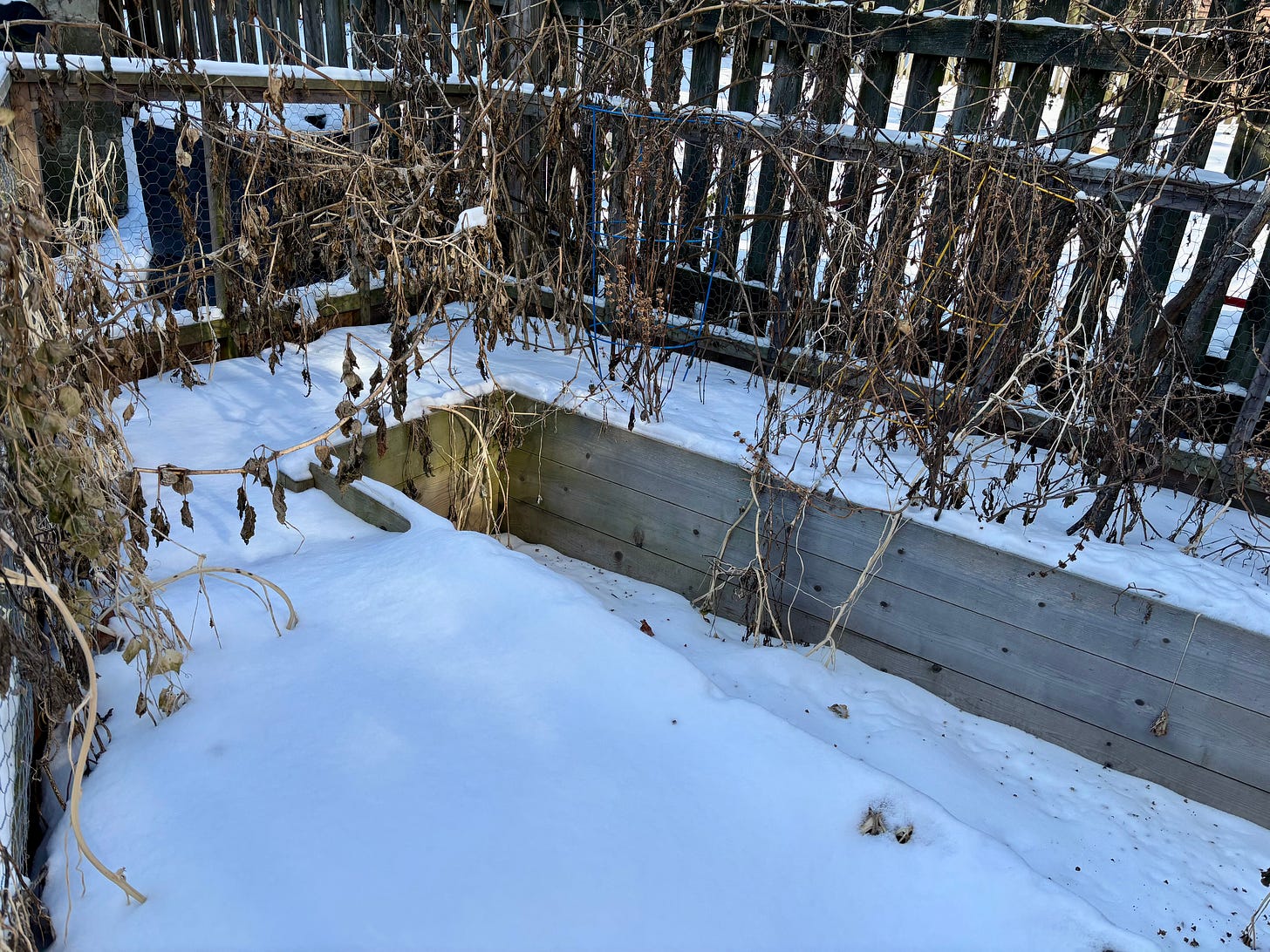

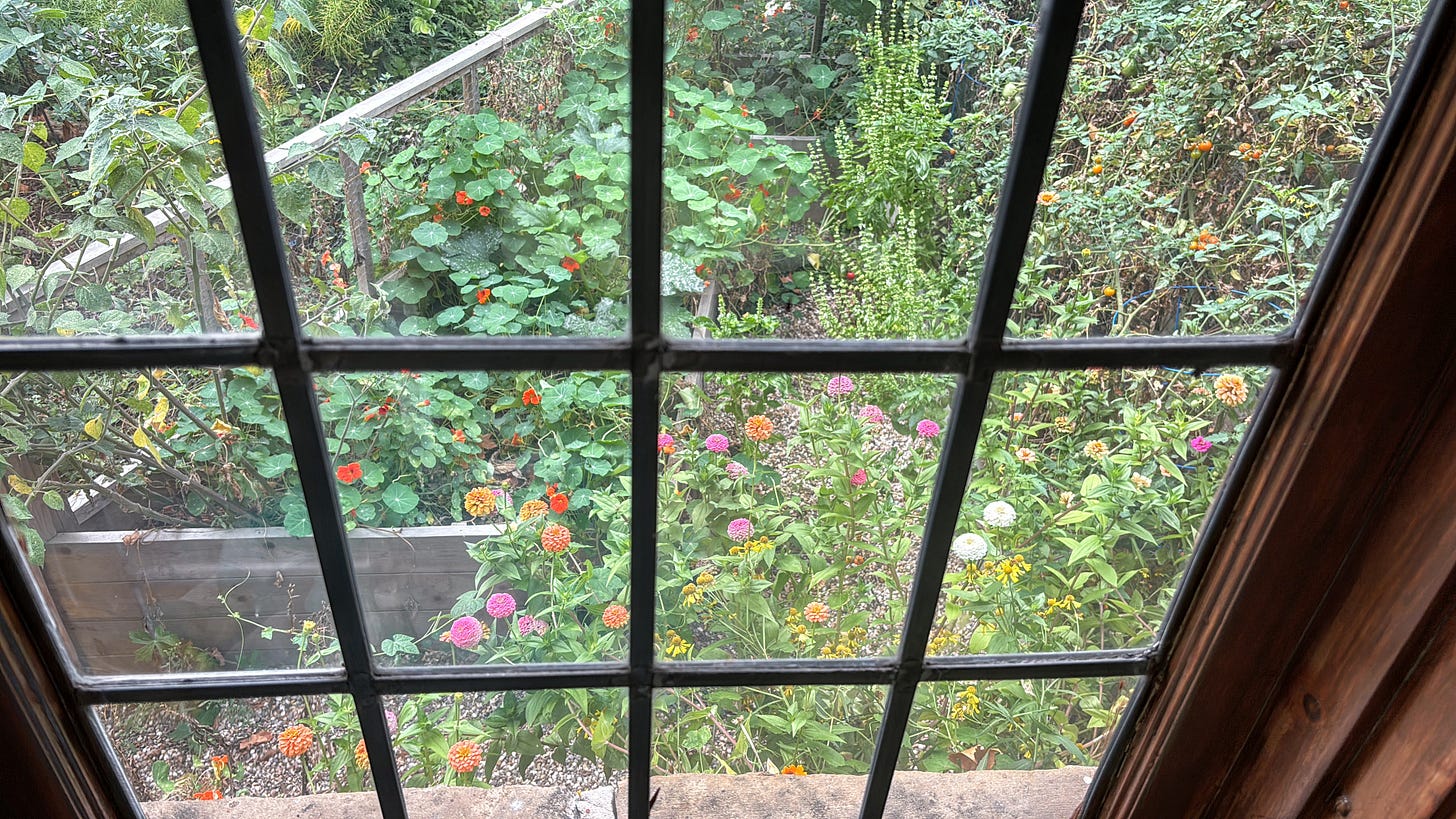
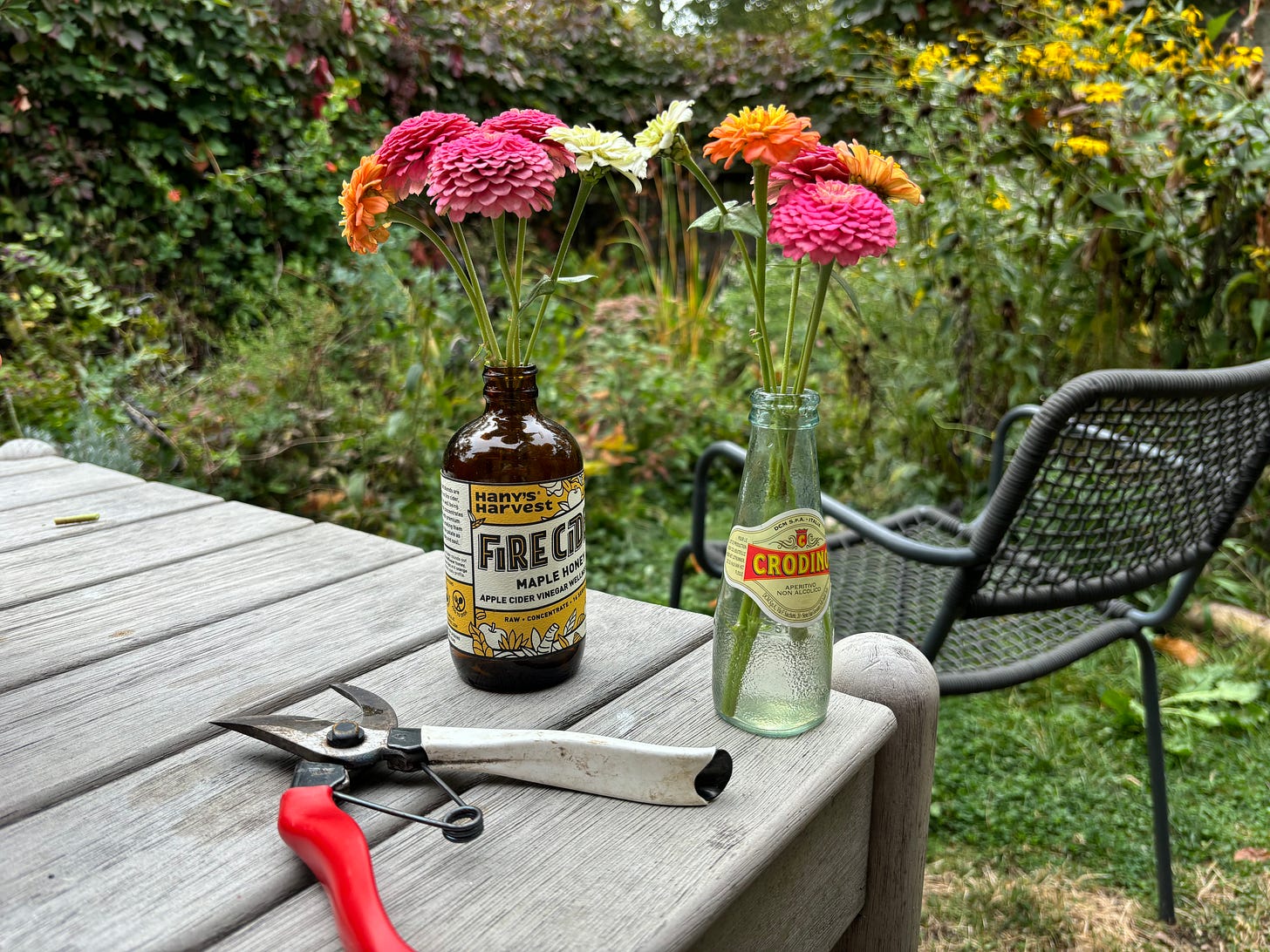
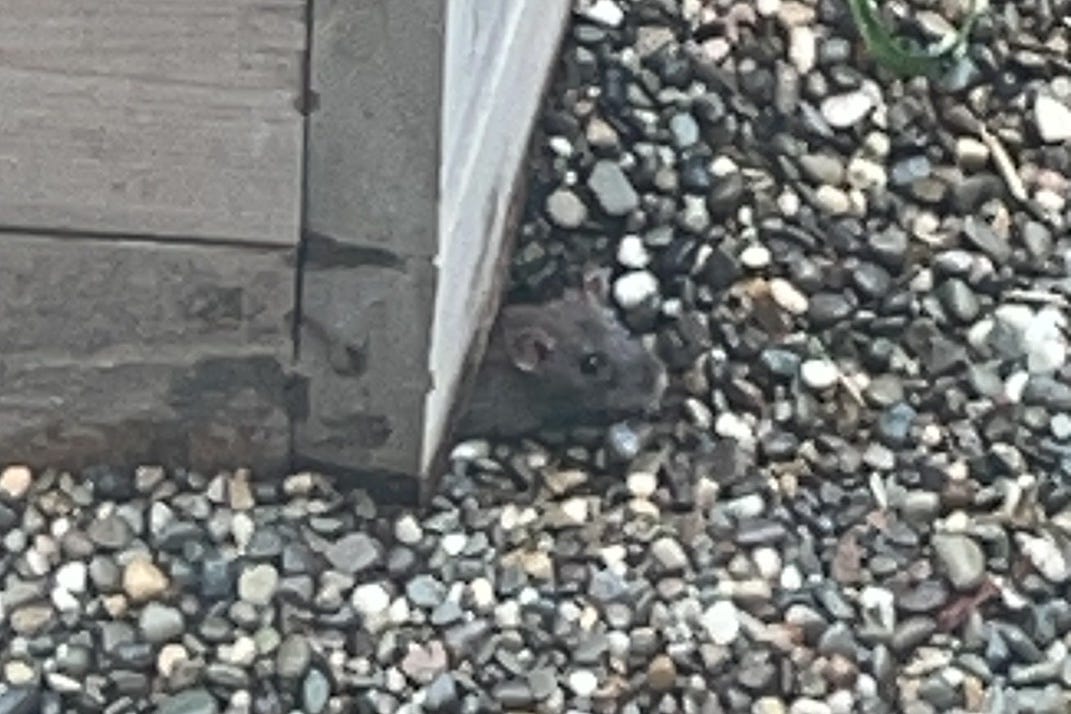
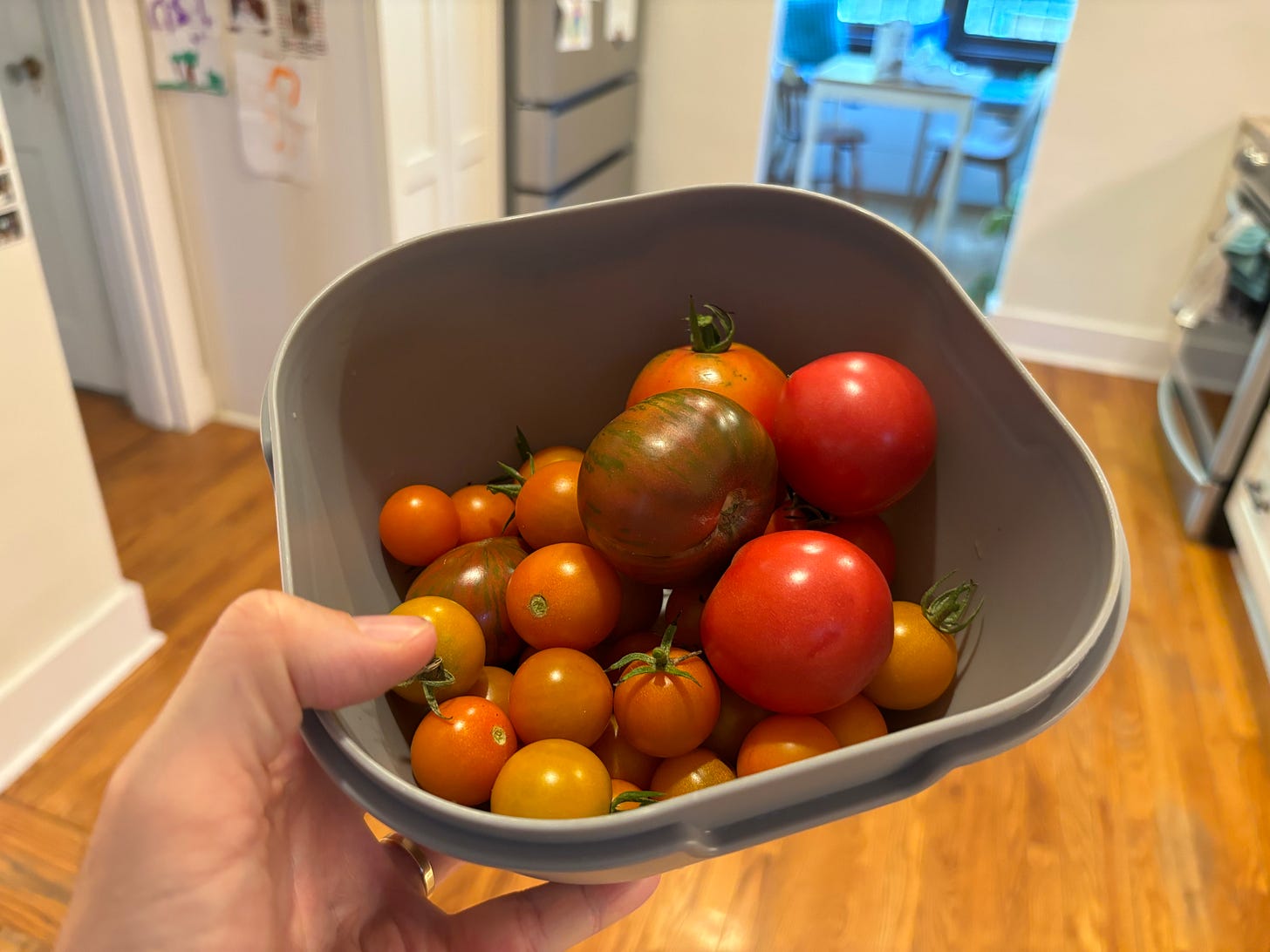

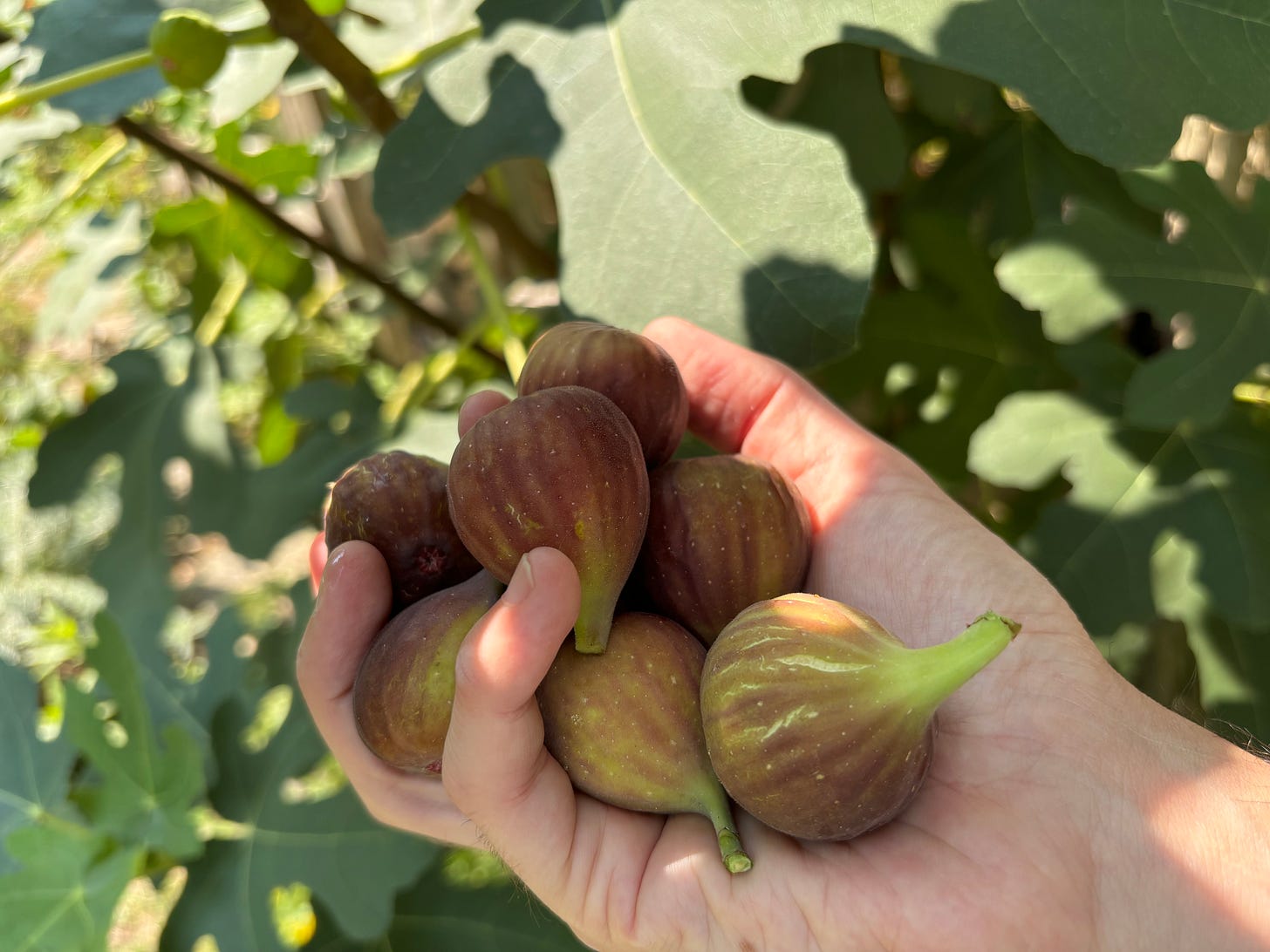

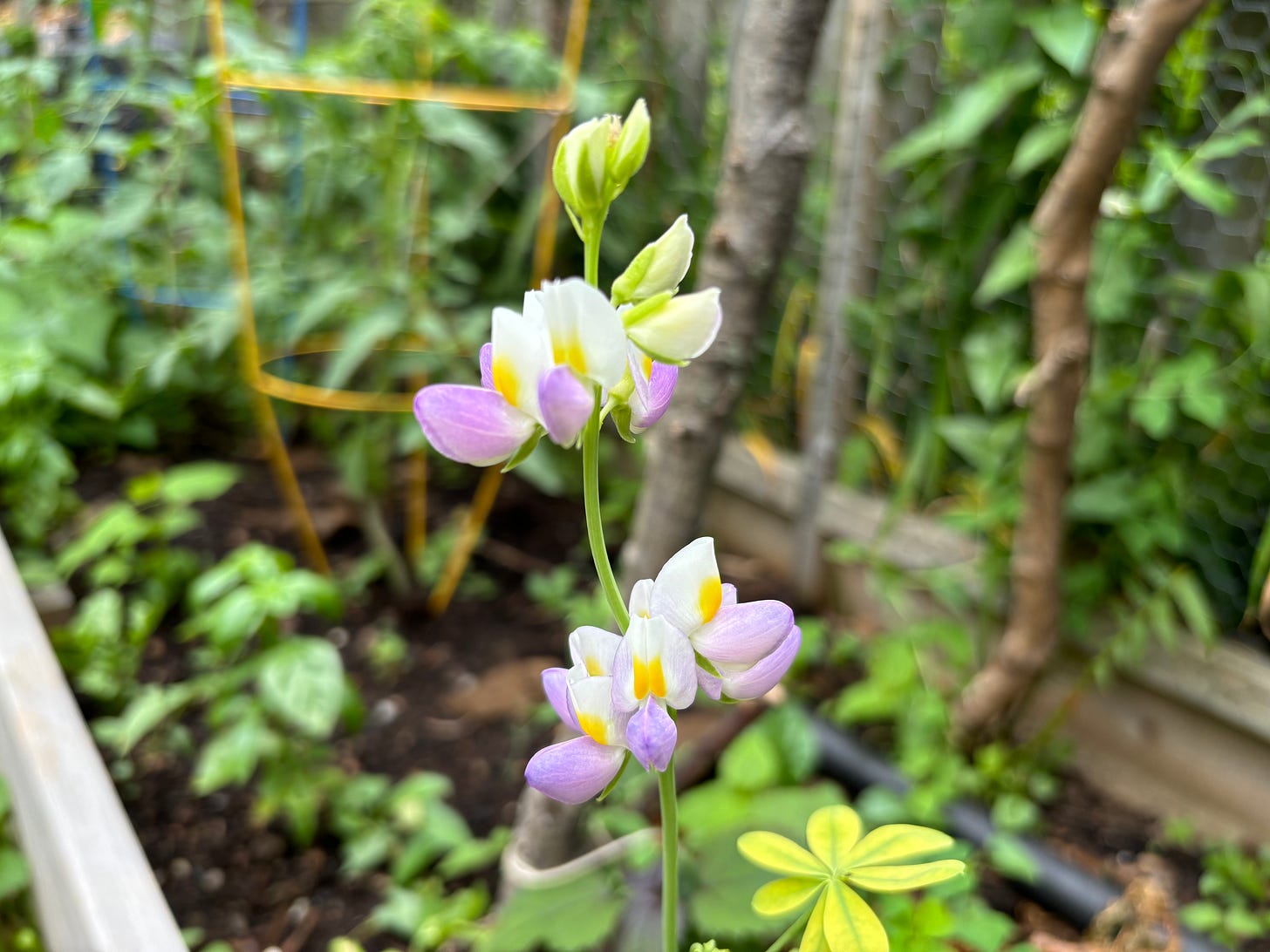


I love when you and Brooke Barker reference each other. I read you both faithfully. My daughter is doing almost all of the garden planting now, and I just sit back and watch. But I'd love to have a raised bed of flowers in my front yard. I don't know if they'd survive the chickens, rabbits, squirrels, birds, and rats, but I might give it a go.
As a person who mainly grows flowers, I always get a chuckle when people don’t want to pick them. It is so nice to have a balance and I think you’ve done the right job by choosing zinnias- those, in addition to cosmos, sweet peas, and several others actually benefit from being picked and will bloom almost all season if kept up. I’ve heard it called “live heading“ instead of deadheading. Thinking of it like this made it easier for me to cut them! More cutting, more flowers! I admire your vegetables, I’ve never had much success with them and don’t really grow them at all outside of herbs and a few tomatoes that grow poorly!